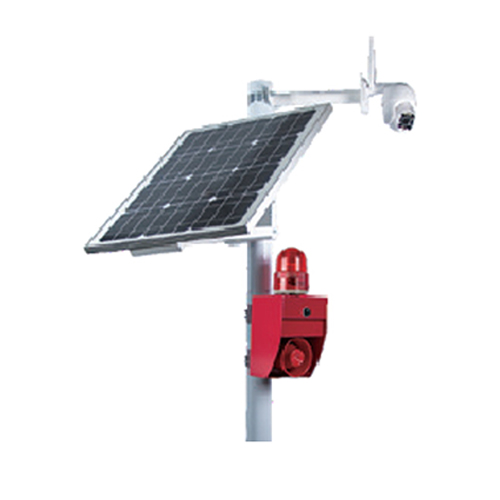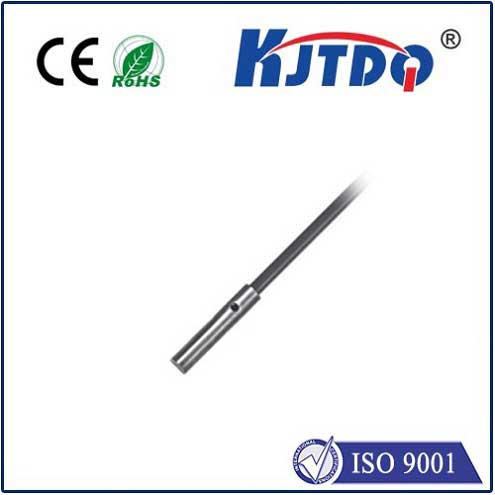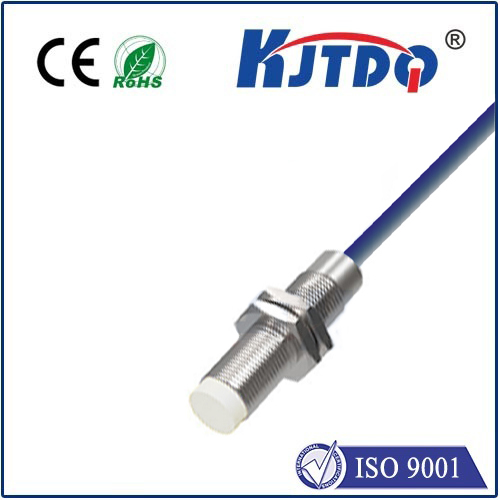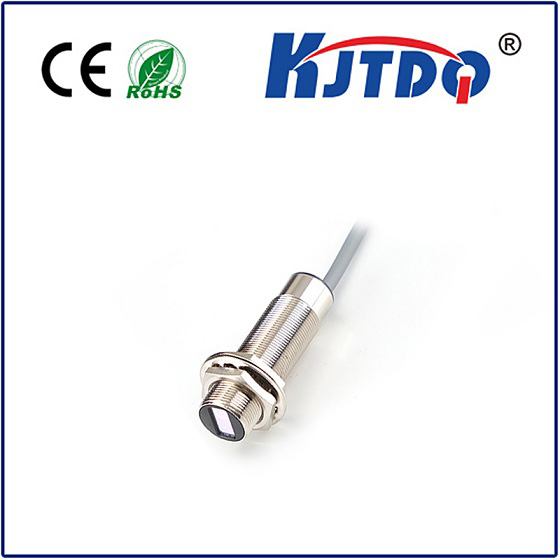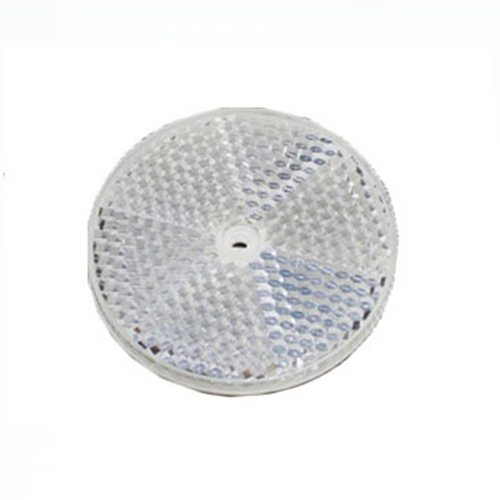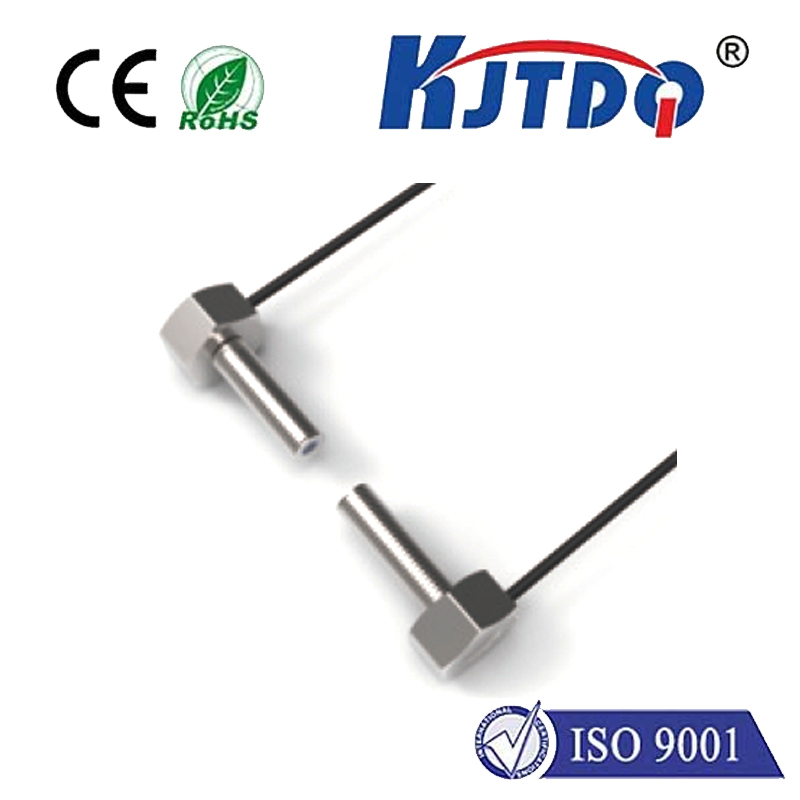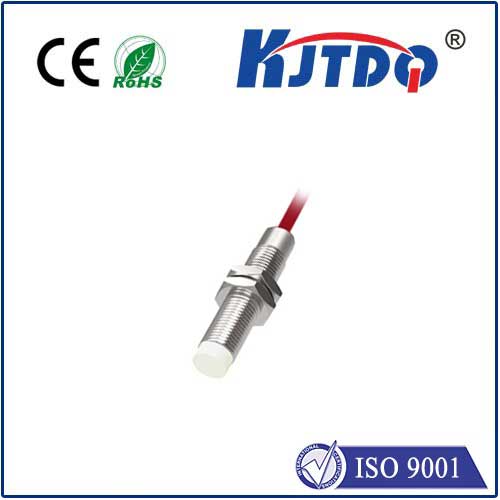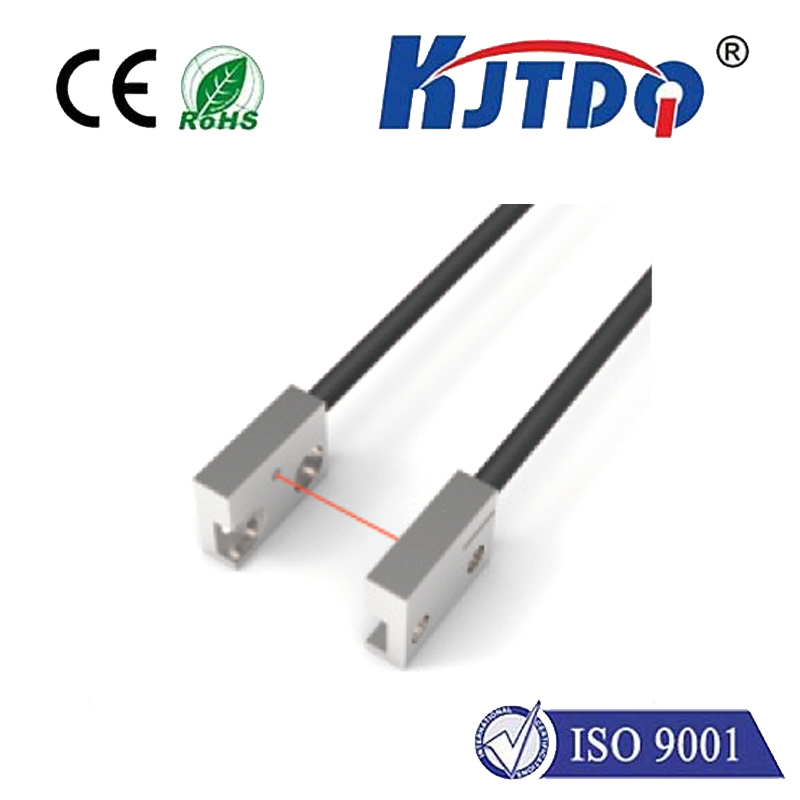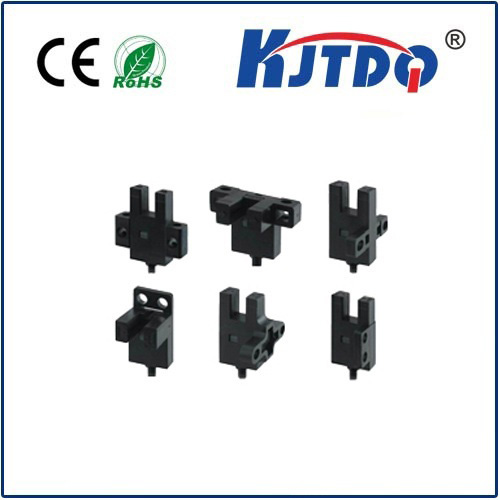

check

check

check

check

check

check

check

check

check

check
Title: Revolutionizing Technology with the Photo Sensor
The advent of the photo sensor has revolutionized various sectors, including manufacturing, automotive, medical, and consumer electronics. This remarkable technology, which detects and measures light, has made it possible to create intelligent solutions that enhance efficiency and safety while reducing costs. In this article, we will explore how the photo sensor is transforming industries and improving our daily lives.
Innovative Applications in Manufacturing Industry
Photo sensors have found their way into numerous industrial applications, such as quality control systems for packaging and printing. They are used to detect color variations, misalignments, or other imperfections in products during the production process. By integrating photo sensors into their machinery, manufacturers can ensure high-quality output while minimizing waste and downtime. Moreover, they play a crucial role in automatic sorting systems that separate defective items from good ones, further streamlining operations.
Enhancing Automotive Safety

The automotive industry has significantly benefited from the integration of photo sensors into vehicles. They are integral components of advanced driver-assistance systems (ADAS) like automatic headlights and rain-sensing wipers, providing drivers with enhanced visibility and comfort. Furthermore, photo sensors power critical safety features such as lane departure warnings and adaptive cruise control, helping prevent accidents by alerting drivers to potential hazards on the road.
Transforming Medical Diagnosis
In the medical field, photo sensors serve as essential tools for diagnostic purposes. For instance, pulse oximeters use these sensors to measure oxygen saturation levels in the blood by detecting variations in light absorption. This non-invasive method helps healthcare professionals monitor patients' health statuses effectively and intervene when necessary. Additionally, photo sensors are being researched for use in early cancer detection, offering hope for more accurate and timely diagnoses.
Improving Consumer Electronics
Photo sensors have also become an integral part of consumer electronics, particularly in smartphones and tablets. They enable features like automatic brightness adjustment and proximity sensing, which dims the display when the device is held close to the ear during calls. These functionalities not only improve user experience but also contribute to energy savings by reducing unnecessary power consumption.
The Future of Photo Sensors
As technology continues to advance at an unprecedented pace, the potential applications of photo sensors expand correspondingly. From environmental monitoring systems that can detect air pollution levels to innovative agricultural techniques that optimize crop growth based on light exposure, the possibilities are endless. The continued development of photo sensor technologies promises a future where everyday objects become smarter, safer, and more energy-efficient.
Conclusion
The integration of photo sensors across various sectors signifies a profound transformation brought about by this innovative technology. As we look ahead, it is evident that the impact of photo sensors will only grow more significant, shaping new dimensions in product development and enhancing our overall well-being. The photo sensor is undoubtedly a cornerstone of modern technological advancements, making our world smarter and safer for generations to come.
